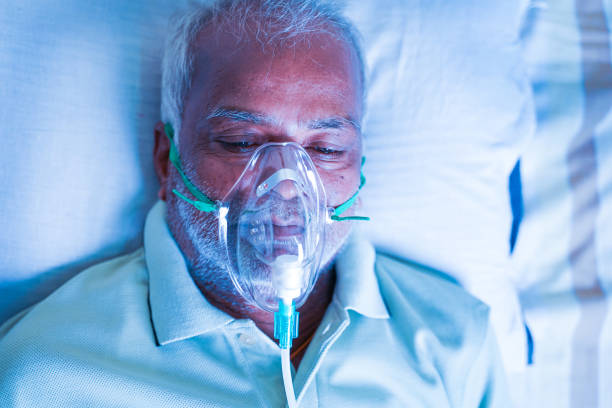Categories
Latest blog

Respiratory therapy products are essential for hospitals and clinics, particularly in Southeast Asia where conditions like asthma, COPD, and respiratory infections are prevalent. For hospital pharmacy buyers, understanding the differences between an oxygen mask and a nebulizer mask is crucial for stocking the right equipment. This guide explains how these masks work, their applications, and tips for making informed purchasing decisions.
While both oxygen masks and nebulizer masks are used to aid breathing, their purposes and mechanisms differ significantly.
The primary difference lies in their function: oxygen masks supply oxygen, while nebulizer masks deliver medication.
Hospital pharmacy buyers must understand the specific applications of these masks to cater to diverse patient needs:
Stocking both types ensures that hospitals are equipped to handle acute and chronic respiratory conditions effectively.

When choosing between oxygen masks and nebulizer masks, consider the following factors:
In Southeast Asia, ensure compliance with regional medical standards and certifications to guarantee product safety and effectiveness.
For hospital pharmacy buyers in Southeast Asia, understanding the nuances of oxygen masks vs nebulizer masks is vital for meeting patient needs effectively. Both types play distinct roles in respiratory therapy, and stocking a balanced inventory ensures better patient care and outcomes. By focusing on quality, compatibility, and patient demographics, you can make informed purchasing decisions that benefit your institution and its patients.